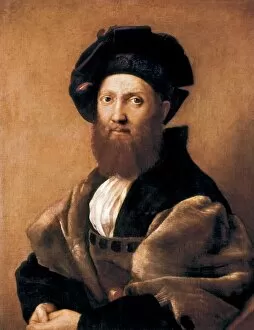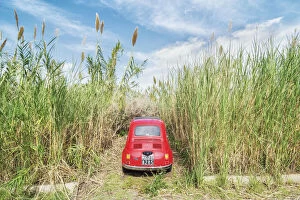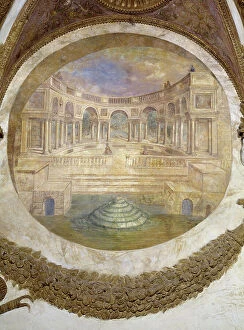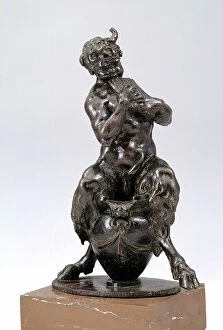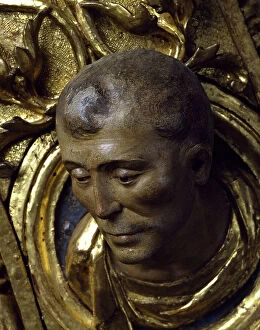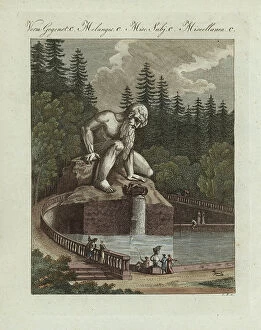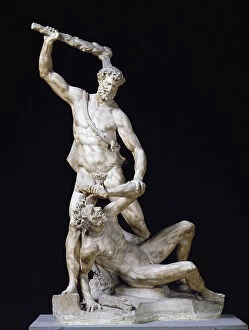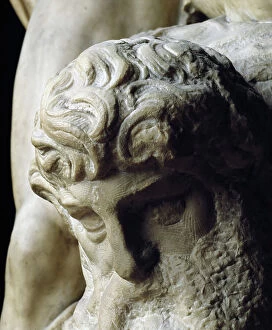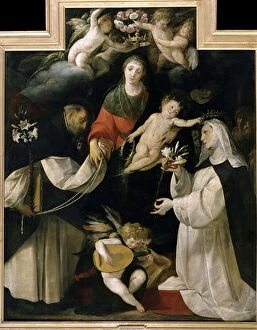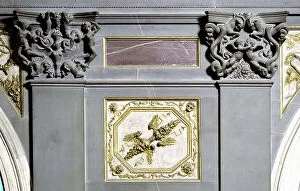Cinquecento Collection (#2)
"Cinquecento: A Glimpse into the Artistic Masterpieces of the 16th Century" The Cinquecento, or the 16th century
All Professionally Made to Order for Quick Shipping
"Cinquecento: A Glimpse into the Artistic Masterpieces of the 16th Century" The Cinquecento, or the 16th century, was a period that witnessed an explosion of artistic brilliance and creativity. One name that stands out during this era is Michelangelo (1475-1564), whose works continue to awe and inspire generations. One of his most renowned creations is the Sistine Chapel, where he painted its ceiling with breathtaking frescoes depicting biblical scenes. The sheer grandeur and intricacy of his work in this sacred space are unparalleled. Another masterpiece by Michelangelo is the Pieta (1498-1499), a sculpture showcasing Mary holding Jesus' lifeless body. Its emotional intensity and lifelike details exemplify the essence of Renaissance art. In addition, Michelangelo's David (1501-1504) remains an iconic symbol of beauty and strength. This marble statue captures every muscle and vein with such precision that it seems alive even after centuries. Moving beyond Michelangelo's genius, we encounter Raphael (1483-1520), another prominent artist from this period. His painting "The Sistine Madonna" (1512-1517) portrays two cherubs at the bottom gazing up at Virgin Mary cradling baby Jesus—a composition that evokes serenity and divine grace. Not limited to religious themes, it also explored historical events like "The Wedding of Cana, " depicted by Veronese in 1563. This artwork showcases a miracle performed by Jesus—transforming water into wine—an event filled with vibrant colors and lively characters. Furthermore, Annibale Carracci or Annibal Carrache's painting "The Stoning of St. Stephen" takes us back to ancient times when St. Stephen became Christianity's first martyr through stoning in 36 AD JC—a poignant portrayal capturing both tragedy and faith.


